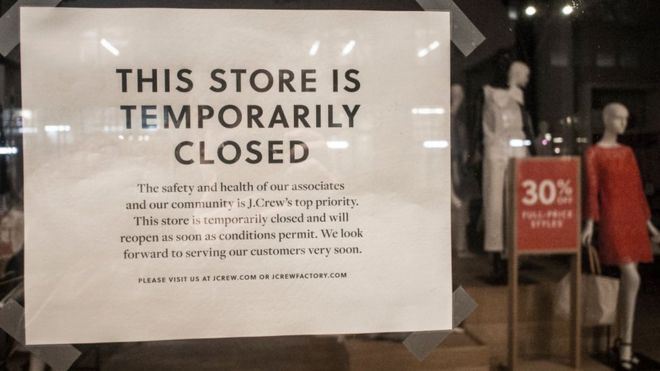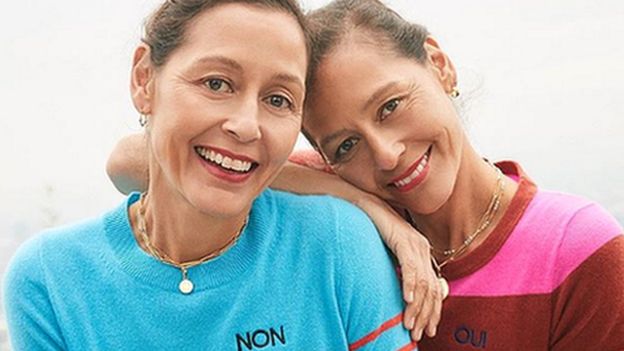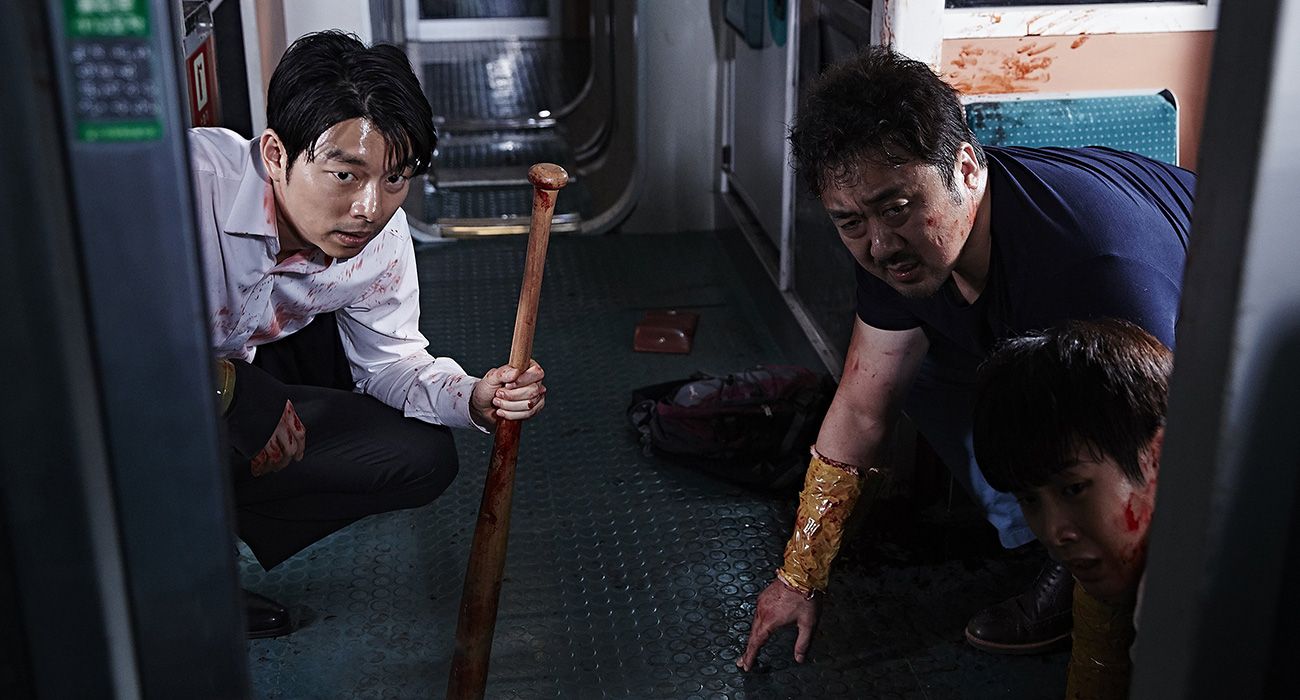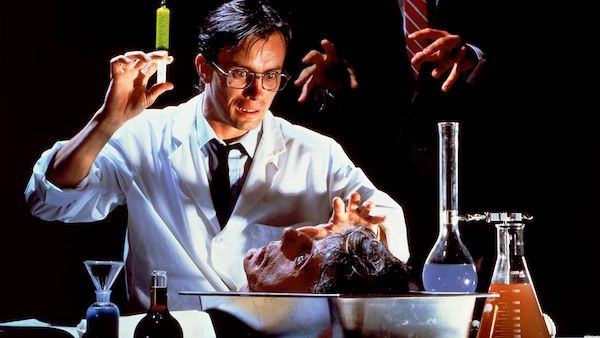Epidemics, War Have Impacted Muslim Worship Throughout History
Crowds gather on a pilgrimage at the Kaaba, the birthplace of Prophet Mohammed, Mecca, July 1889. Devastating cholera outbreaks several times throughout the 19th century resulted in the suspension of pilgrimages, including Hajj in 1837 and 1846 [Hulton Archive/Getty Images]
Coronavirus affects Ramadan on an unprecedented scale, but it's not the primary time Muslim traditions have had to adapt.The coronavirus pandemic has forced drastic changes across the planet - many of us face unemployment, travel plans are canceled and public places are empty as some work from home, practice social distancing, and self-isolate.
As most countries enforced restrictions on movement to curb the spread of the novel virus, at one point it had been estimated 3 billion people were under some sort of lockdown.
More:How will the coronavirus pandemic change Ramadan for Muslims?Tarawih amid coronavirus: Scholars involve home Ramadan prayersCoronavirus: Canada faith groups find ways to securely serveReligious groups have adjusted to the new realities, including Muslims.
The coronavirus pandemic will see the world's Muslim population - about 2 billion people - observe the holy month of Ramadan in new ways, refraining from social gatherings to interrupt fasts, abandoning communal prayers, and even providing charity at a distance.In most Muslim-majority nations, mosques have closed and Friday prayers, which gather up to thousands of worshippers at a time, are suspended.
Umrah - a mini-pilgrimage that takes place year-round at the Masjid al-Haram, or the Grand Mosque, in Mecca, Saudi Arabia was suspended indefinitely.
Saudi Arabia announced on Tuesday that Taraweeh, special Ramadan prayers at the Grand Mosque and Al-Masjid an-Nabawi, the Prophet Muhammad's mosque, in Medina, will happen, but with no public attendance.
Only mosque staff is expected to perform the nightly prayers, as recently reported.
These far-reaching steps are unusual within the 1400-year history of Islam, with no verifiable evidence to suggest mass gatherings are suspended on this scale during Ramadan.
But there are times when mass religious gatherings were partially or fully halted within the Muslim world.
"The closing of mosques or canceling mass gatherings ... went on repeatedly for various reasons," Mutaz Al-Khatib, professor at the research facility for Islamic Legislation and Ethics at Hamad Bin Khalifa University in Doha, Qatar, told Al Jazeera, explaining that wars, natural disasters like floods, and epidemics have previously halted religious events.
Here are some examples through history when Muslims have changed traditions amid critical circumstances.
As most countries enforced restrictions on movement to curb the spread of the novel virus, at one point it had been estimated 3 billion people were under some sort of lockdown.
More:How will the coronavirus pandemic change Ramadan for Muslims?Tarawih amid coronavirus: Scholars involve home Ramadan prayersCoronavirus: Canada faith groups find ways to securely serveReligious groups have adjusted to the new realities, including Muslims.
The coronavirus pandemic will see the world's Muslim population - about 2 billion people - observe the holy month of Ramadan in new ways, refraining from social gatherings to interrupt fasts, abandoning communal prayers, and even providing charity at a distance.In most Muslim-majority nations, mosques have closed and Friday prayers, which gather up to thousands of worshippers at a time, are suspended.
Umrah - a mini-pilgrimage that takes place year-round at the Masjid al-Haram, or the Grand Mosque, in Mecca, Saudi Arabia was suspended indefinitely.
Saudi Arabia announced on Tuesday that Taraweeh, special Ramadan prayers at the Grand Mosque and Al-Masjid an-Nabawi, the Prophet Muhammad's mosque, in Medina, will happen, but with no public attendance.
Only mosque staff is expected to perform the nightly prayers, as recently reported.
These far-reaching steps are unusual within the 1400-year history of Islam, with no verifiable evidence to suggest mass gatherings are suspended on this scale during Ramadan.
But there are times when mass religious gatherings were partially or fully halted within the Muslim world.
"The closing of mosques or canceling mass gatherings ... went on repeatedly for various reasons," Mutaz Al-Khatib, professor at the research facility for Islamic Legislation and Ethics at Hamad Bin Khalifa University in Doha, Qatar, told Al Jazeera, explaining that wars, natural disasters like floods, and epidemics have previously halted religious events.
Here are some examples through history when Muslims have changed traditions amid critical circumstances.




![Crowds gather on a pilgrimage at the Kaaba, the birthplace of Prophet Mohammed, Mecca, July 1889. Devastating cholera outbreaks several times throughout the 19th century resulted in the suspension of pilgrimages, including Hajj in 1837 and 1846 [Hulton Archive/Getty Images]](https://www.aljazeera.com/mritems/imagecache/mbdxxlarge/mritems/Images/2020/4/23/cd257f0726c6479b8c6e4f7b72e20800_18.jpg)





























